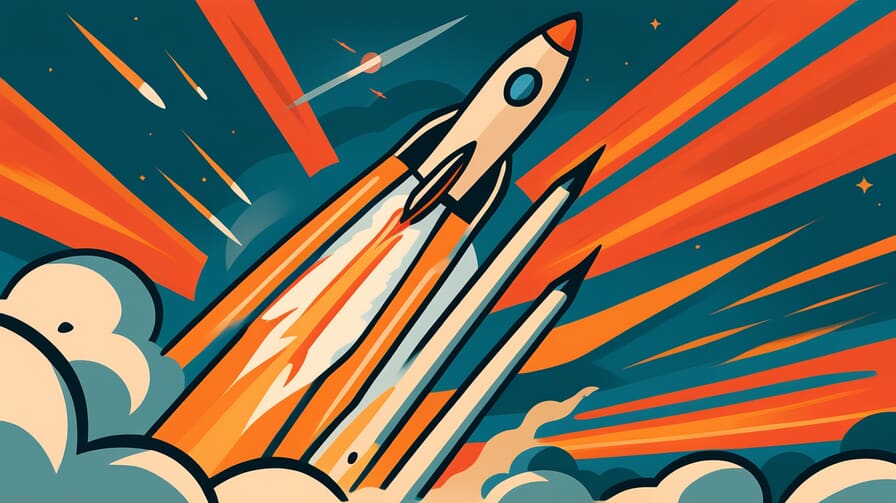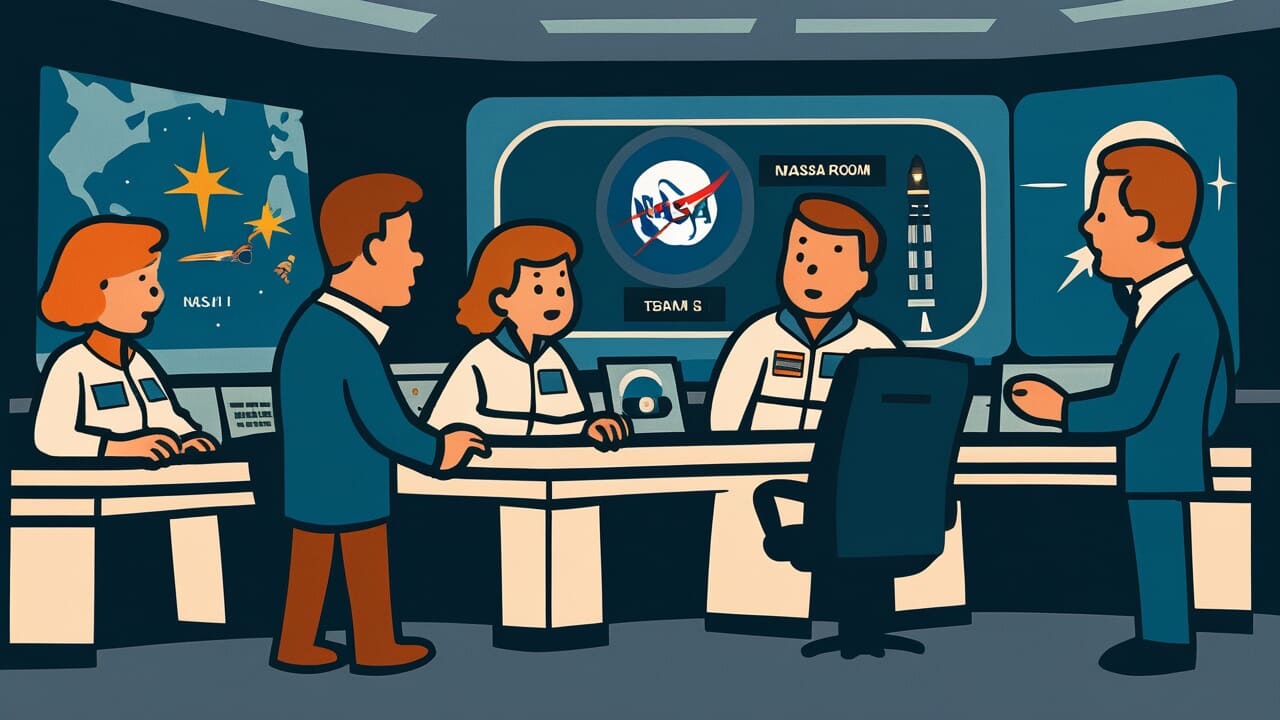[Disclaimer] This article is reconstructed based on information from external sources. Please verify the original source before referring to this content.
News Summary
The following content was published online. A translated summary is presented below. See the source for details.
NASA has announced media accreditation for Artemis II mission briefings scheduled for September 23 and 24, 2025, at Johnson Space Center in Houston. The briefings will cover various aspects of the Artemis II mission, which remains NASA’s first crewed flight test in the Artemis Moon exploration program. Artemis II is set to launch no earlier than April 2026, marking the first crewed mission beyond low Earth orbit since Apollo 17 in 1972. The mission will carry four astronauts on a trajectory around the Moon and back to Earth. Media representatives can apply for accreditation through the Johnson Space Center newsroom, with a deadline of September 24, 5:00 pm ET. The briefings are part of NASA’s broader plans for establishing a long-term presence on the Moon, which now include deploying a nuclear fission reactor on the lunar surface by 2030 and progressing with the Lunar Gateway space station.
Source: Canada Government News
Our Commentary
Background and Context

The Artemis program represents NASA’s ambitious plan to return humans to the Moon and establish a sustainable lunar presence. Artemis II, as the first crewed mission in this program, marks a critical milestone in space exploration. The media briefings at Johnson Space Center will provide crucial information about the mission’s objectives, technologies, and potential scientific outcomes.
Expert Analysis
The Artemis II mission briefings highlight NASA’s commitment to transparency and public engagement in its space exploration efforts. The inclusion of a nuclear fission reactor in lunar plans demonstrates a significant technological leap, potentially solving long-standing power supply challenges for extended lunar missions.
Key points:
- Artemis II will test critical systems for future lunar missions
- The mission serves as a stepping stone for more ambitious lunar exploration
- NASA’s plans now include advanced power solutions for long-term lunar presence
Additional Data and Fact Reinforcement
Recent updates to NASA’s lunar exploration timeline provide context for the Artemis II mission:
- Artemis program aims for yearly lunar landings starting after Artemis VI in 2031
- Artemis X (2035) plans for astronaut stays of up to 180 days on the Moon
- The Lunar Gateway’s first habitation module, HALO, has arrived for integration
Related News
The progress of the Artemis program coincides with advancements in commercial space ventures and international partnerships in lunar exploration. These developments collectively contribute to a new era of space exploration and potential resource utilization beyond Earth.
Summary

The Artemis II mission briefings represent a crucial step in NASA’s renewed focus on lunar exploration. As the first crewed mission of the Artemis program, it sets the stage for ambitious future endeavors, including sustainable lunar presence and potential Mars missions, marking a new chapter in human space exploration.

